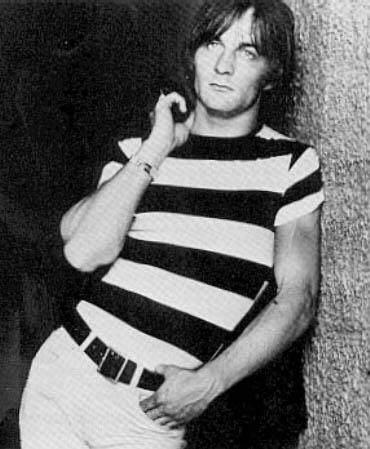One of my happiest finds of digging through the As Is bins was looking at a 50c album in an inner sleeve only and discovering it was an original stereo copy of Gene Clark and the Gosdin Brothers! A bit of surface noise but a fine play copy. I had first heard the album on the head-scratchingly remixed Echoes CD, then paid $20 for the out of print mono CD from 1991 (WK 75016), which sounds like a CD from that time period, but at least you can hear the Gosdin Brothers.
I don't think Two Sides bad at all but I can't say I listen to it much. So Rebellious a Lover may be my favorite post Gene Clark (aka White Light) release. And not to keep bringing up CDs but the Silverado '75 disc that Collector's Choice put out (before they left the reissue game) is a must-hear as well.














































